Maputo province: 268 admitted to health units for substance abuse in Q3
The human trafficking corridor in Mozambique – DW
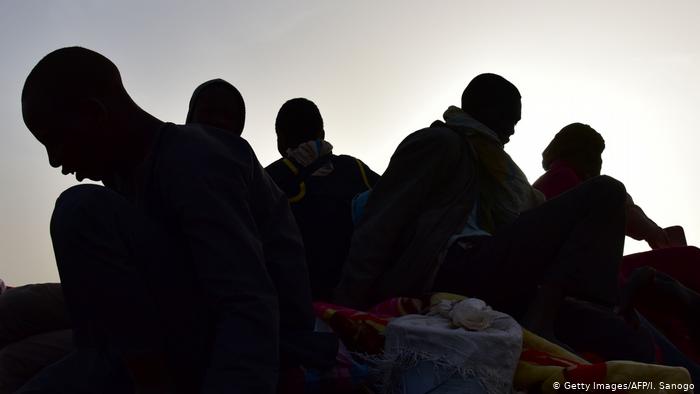
Image: DW
This Thursday (30-07), marked World Day to Combat Trafficking in Persons. in Mozambique, Inhambane province serves as a corridor for traffickers taking their victims to South Africa.
Inhambane has served as a route for many human traffickers, who use the province as a conduit to neighbouring countries. Many of the victims are used in prostitution or to work in mines or on farms.
Arnaldo Osmar says that his granddaughter was stolen as a three-month-old baby, and was later found in South Africa, aged four.
“This girl, a friend of my oldest daughter, appeared. She asked for the child, and put her on her lap to go shopping in the city. From there, she disappeared. After a week, she called [those people] from South Africa [to say] that the child was there,” explains Osmar.
His granddaughter is now five years old. Next year, she should start school.
It is difficult to obtain recent statistics on the number of human trafficking cases in Mozambique. The authorities do not disclose figures. However, in 2018, the Attorney General’s Office announced that the country registered around 1,000 human trafficking cases per year.
Mozambique’s weaknesses
A report by the US State Department, for 2019, states that the Mozambican government still “does not fully meet the minimum standards” to eliminate human trafficking, although it is making “significant efforts” in this regard.
In Inhambane, José Manuel Cutana, public prosecutor and provincial coordinator for combating trafficking in human beings, is concerned that the province continues to serve as a corridor for criminals.
“In Inhambane, it is known that we are in the corridor, and people from different backgrounds pass through here,” he says.
Cutana however says that work is taking place to alert people to the problem.
“Alert, educate and raise awareness of the various ways [this] phenomenon can emerge and, above all, how it can be prevented from affecting them,” he explains.
The role of healers
Among the traffickers’ victims are people with albinism, who are kidnapped and murdered, their body parts used by healers who believe in their supposedly magical powers.
Hugo Neves Firmino, coordinator of the ‘Amor à Vida’ [Love to Life] association, which is dedicated to protecting people with albinism in Inhambane, tells DW Africa that it is necessary to go to the root of the problem and penalise traffickers and their ringleaders, to make it clear that crime does not pay.
“We have to reinforce all measures to protect people, not only at the level of the community, but also of the state. It is necessary to penalise any and all people involved in trafficking. Often, the people behind [these crimes] are healers,” Firmino says.
Bernardo Carlos, president of the Association of Traditional Doctors of Mozambique, distances himself from healers involved in person or organ trafficking.
“There is nothing in a human organ that can do anything to make someone rich. The population must be aware that there are many fake healers,” he said.


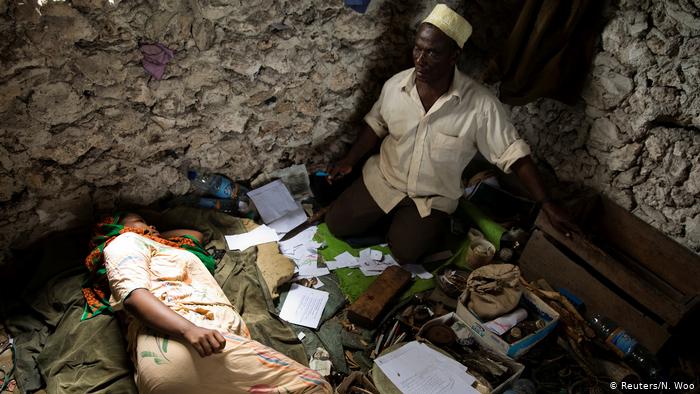
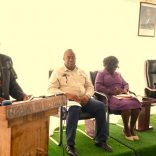


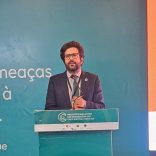

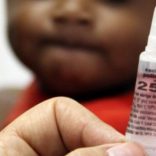
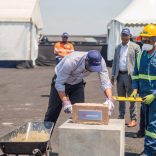
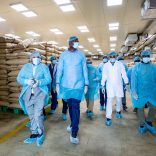


Leave a Reply
Be the First to Comment!
You must be logged in to post a comment.
You must be logged in to post a comment.